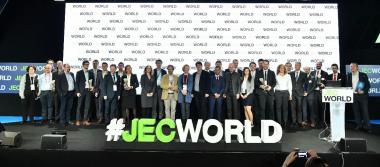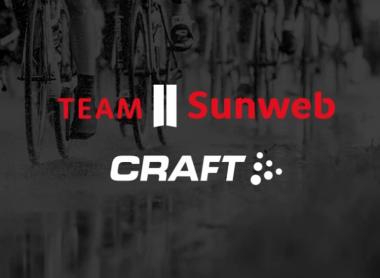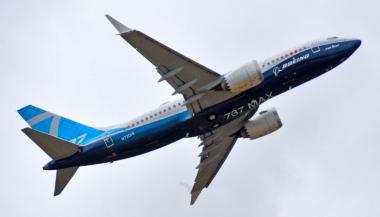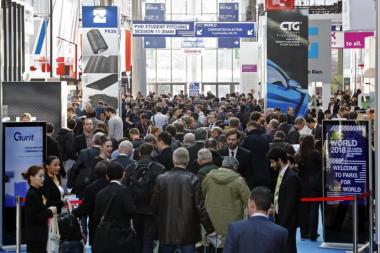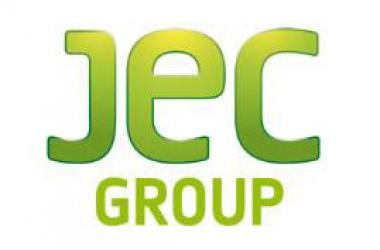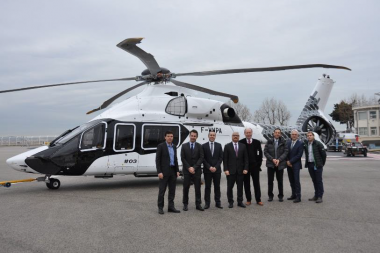JEC Group unveils the winners of the JEC Innovation Awards at JEC World 2019
On the international stage of JEC World, composite innovation is everywhere! On the planets, on the live demo zones, on the stands, and also on stage... During this second day of the world's largest composites exhibition, the winners of the JEC Innovation Awards were announced.
JEC Innovation Awards celebrate the fruitful cooperation between players of the composite community. Over the past 15 years, the JEC Innovation Awards have brought in 1,800 companies worldwide. 177 companies and 433 partners have been rewarded for the excellence of their composite innovations. The JEC Innovation Awards reward composites champions, based on criteria such as partner involvement in the value chain, technicality or commercial applications of innovations.
The ceremony was opened by Bertrand Piccard, the founder and visionary behind Solar Impulse, the first zero-fuel aircraft with perpetual autonomy.
The jury then announced the ten composite innovation champions selected among 30 finalists, from more than a hundred entries, and the public awarded its prize.
"JEC Group supports innovation and has created the Composites Reference Prize to reward industry champions and promote their innovations. Every year, we receive more than a hundred applications from all over the world," explains Franck Glowacz, Composites Expert at JEC Group.
Download the PDF to see all winning companies.
JEC Innovation Award, Chicago, June 2017
AGENCE APOCOPE


